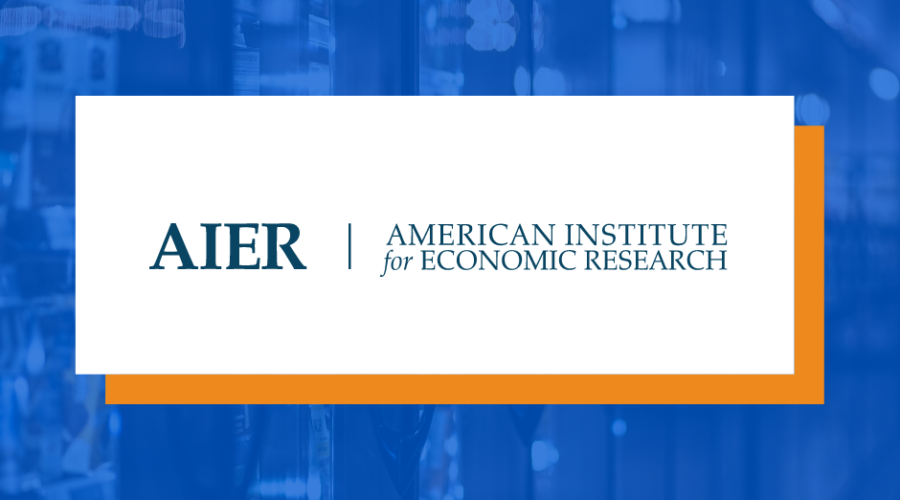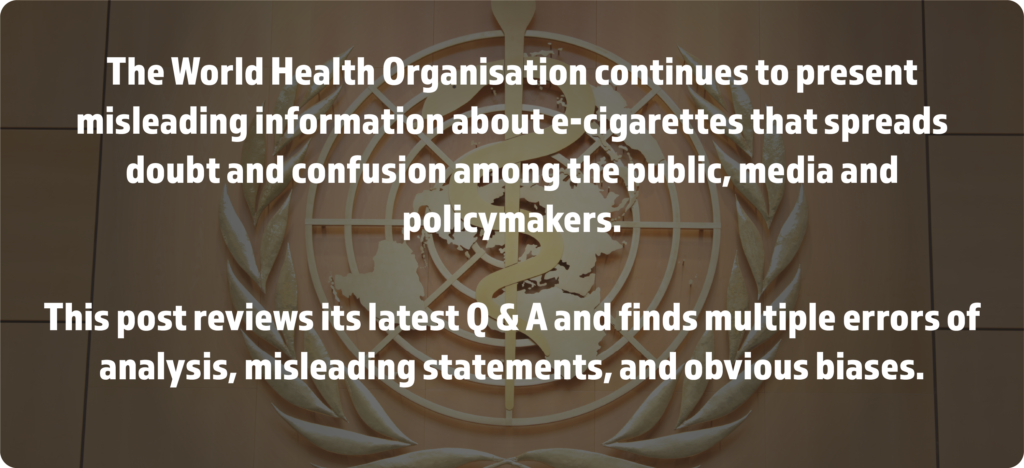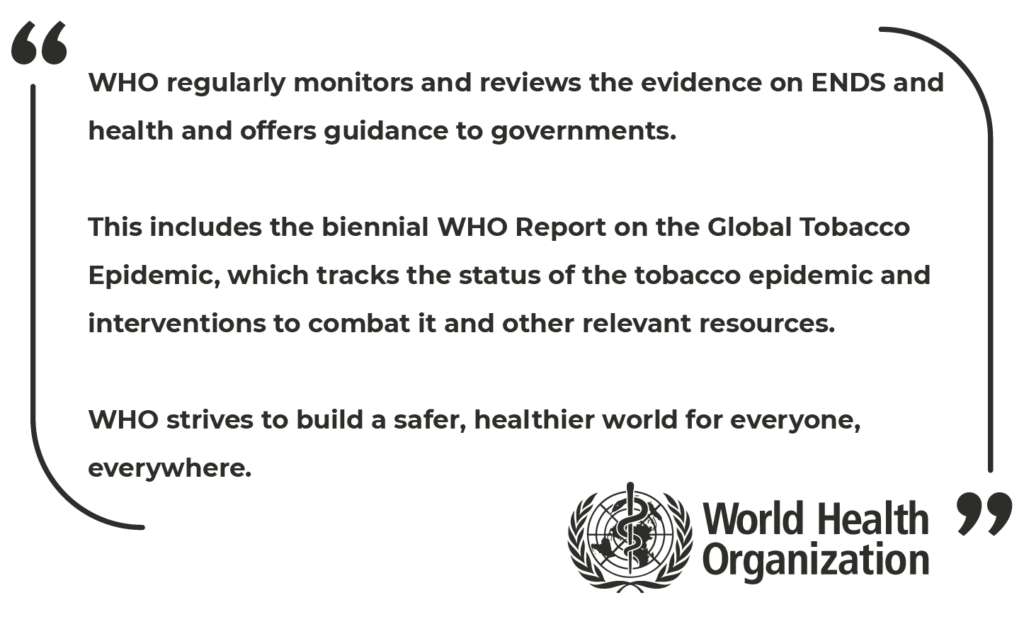Vape dan RPP No. 109 Tahun 2012
Industri vape saat ini merupakan salah satu industri yang semakin berkembang di berbagai negara di dunia, termasuk juga di Indonesia. Kita, khususnya yang tinggal di daerah urban dan perkotaan, pasti bisa dengan mudah menemukan berbagai orang yang menjadi pengguna vape dan rokok elektrik, dan juga berbagai toko yang menjual berbagai produk-produk tersebut.
Tidak bisa dipungkiri, sebagai salah satu dampak yang tidak terelakkan dari perkambangan industri vape yang pesat ini di Indonesia, timbul berbagai pro dan kontra terhadap fenomena tersebut.
Di satu sisi, ada pihak yang menentang dan beranggapan bahwa fenomena semakin meningkatnya industri vape sebagai sesuatu yang sangat negatif.
Bagi sebagian pihak, vape atau rokok elektrik merupakan sesuatu yang sangat berbahaya bagi kesehatan, sama seperti atau bahkan lebih berbahaya, dengan rokok konvensional yang dibakar.
Untuk itu, fenomena semakin meningkatnya industri vape dan juga meningkatnya para konsumen rokok elektrik merupakan sesuatu yang sangat berbahaya bagi kesehatan publik, dan harus dapat segera diatasi.
Mereka yang memiliki pandangan seperti ini umumnya akan mengadvokasi berbagai kebijakan yang ditujukan untuk melarang, atau setidaknya membatasi melalui regulasi yang sangat ketat, peredaran dari berbagai produk-produk rokok elektrik.
Hal ini dapat berupa berbagai kebijakan, seperti pembatasan peredaran, mengenakan pajak dan cukai yang tinggi, hingga berbagai kebijakan lainnya.
Di Indonesia sendiri, tidak sedikit pihak-pihak yang memiliki pandangan tersebut dalam melihat fenomena semakin meningkatnya jumlah pengguna vape.
Mereka melihat fenomena semakin meningkatnya para pengguna vape, yang banyak didominasi oleh kalangan muda yang tinggal di perkotaan, Untuk itu, diperlukan berbagai aturan yang ditujukan untuk membatasi masyarakat untuk bisa mendapatkan dan mengkonsumsi produk-produk rokok elektronik.
Beberapa waktu lalu misalnya, peemerintah melakukan revisi terhadap Peraturan Pemerintah No. 109 tahun 2012, yang merupakan perturan yang meregilasi produk-produk tembakau yang dijual kepada masyarakat, salah satunya adalah rokok.
Dalam revisi tersebut, dicantumkan juga produk-produk yang termasuk dalam Hasil Pengolahan Tembakau Lainnya (HPTL), di mana mencakup juga produk-produk rokok elektrik.
Salah satu poin yang tercantum di dalam peraturan tersebut adalah, setiap produsen produk-produk tembakau, termasuk juga HTPL seperti rokok elektrik, harus mencantumkan bahwa produk tersebut “mengandung lebih dari 7000 zat kimia berbahaya serta lebih dari 69 zat penyebab kanker.”
Adanya poin ini tentu merupakn sesuatu yang tepat untuk menggambarkan produk rokok konvensional yang dibakar, nemun tidak relevan untuk mendeskripsikan kandungan yang terdapat dalam produk-produk rokok elektrik (ekonomi.bisnis.com, 28/7/2022).
Sudah menjadi rahasia umum bahwa rokok konvensional yang dibakar merupakan produk yang sangat berbahaya untuk dikonsumsi, dan bisa meneyababkan penggunanya untuk terkena berbagai penyakit kronis, seperti kanker dan serangan jantung. Hal ini dikarenakan terdapat ribuan zat kimia berbahaya yang terkandung di dalam rokok konvensional yang dibakar.
Dengan demikian, regulasi untuk mencantumkan dampak bahaya kandungan yang terkandung dalam produk rokok konvensional merupakan sesuatu yang tepat. Hal itu dilakukan sebagai upaya untuk menanggulangi dampak bahaya rokok terhadap kesehatan publik melalui pengurangan jumlah perokok yang ada di Indonesia.
Tidak bisa dipungkiri bahwa, kebijakan regulasi ini merupakan kebijakan yang memiliki tujuan awal yang baik. Rokok konvensional yang dibakar merupakan salah satu musuh terbesar kesehatan publik, yang telah menimbulkan berbagai penyakit kronis terhadap jutaan orang di seluruh dunia, termasuk juga Indonesia.
Namun, kebijakan yang didasari oleh tujuan yang baik tidak berarti menjadi kebijakan tepat dan akan menghasilkan dampak yang positif. Kebijakan regulasi yang mengharuskan produk-produk HTPL seperti rokok elektrik untuk mencantumkan kandungan 7.000 zat kimia berbahaya seperti rokok konvensional yang dibakar adalah sesuatu yang keliru.
Vape atau rokok elektrik misalnya, merupakan produk yang jauh lebih tidak berbahaya bila dibandingkan dengan rokok konvensional yang dibakar.
Pada tahun 2015 lalu misalnya, lembaga kesehatan publik asal Inggris, Public Health England, menerbitkan laporan mereka yang menyatakan bahwa rokok elektrik 95% lebih tidak berbahaya bila dibandingkan dengan rokok konvensional yang dibakar (gov.uk, 19/8/2015).
Hal ini dikarenakan, vape atau rokok elektrik memiliki kandungan yang berbeda dengan rokok konvensional yang dibakar. Dua bahan utama yang terkandung di dalam cairan rokok elektrik adalah apa yang disebut dengan propylene glycol (PG) dan vegetable glycerin (VG), yang berfungsi sebagai penambah rasa dan pembuat uap.
Kedua bahan tersebut juga merupakan bahan yang umum digunakan sebagai perasa kue dan makanan lainnya, dan telah dinyatakan aman oleh lembaga regulasi makanan dan obat-obatan Amerika Serikat, Food and Drugs Administration (fda.gov, 24/10/2019).
Di berbagai negara, seperti di Britania Raya, vape atau rokok elektrik justru digunakan sebagai alat yang dapat membantu para perokok untuk menghentikan kebiasaannya yang berbahaya.
Pemanfaatan vape atau roko elektrik sebagai alat yang dapat membantu seseorang berhenti merokok tentu merupakan hal yang sangat penting, terlebih lagi mengingat Indonesia merupakan salah satu negara dengan jumlah populasi perokok aktif tertinggi di dunia.
Dengan demikian, aturan regulasi yang mewajibkan seluruh produk hasil olahan tembakau, salah satunya vape atau rokok elektrik, untuk mencantumkan kandungan 7.000 zat kimia berbahaya adalah sesuatu yang tidak tepat.
Dengan demikian, konsumen akan berpikir bahwa rokok elektrik sama bahayanya dengan rokok, dan bisa mengurangi insentif para perokok untuk mengganti kebiasaan mereka yang sangat berbahaya ke produk yang jauh lebih aman.
Sebagai penutup, rokok merupakan produk yang sangat berbahaya bagi kesehatan publik. Untuk itu, dibutuhkan berbagai kebijakan yang ditujukan untuk memberi disinsentif bagi seseorang untuk mengkonsumsi produk tersebut, salah satunya yang paling penting adalah memberikan produk alternatif lain yang jauh lebih aman.
Originally published here












